Transcription of Neurobiology of Alcohol Dependence
1 Neurobiology of Alcohol Dependence Focus on Motivational Mechanisms Nicholas W. Gilpin, , and George F. Koob, NICHOLAS W. GILPIN, , is a research associate, and GEORGE F. KOOB, , is a professor in the Committee on the Neurobiology of Addictive Disorders, The Scripps Research Institute, La Jolla, California. Alcoholism is a debilitating disorder for the individual and very costly for society. A major goal of Alcohol research is to understand the neural underpinnings associated with the transition from Alcohol use to Alcohol Dependence . Positive reinforcement is important in the early stages of Alcohol use and abuse. Negative reinforcement can be important early in Alcohol use by people self-medicating coexisting affective disorders, but its role likely increases following the transition to Dependence .
2 Chronic exposure to Alcohol induces changes in neural circuits that control motivational processes, including arousal, reward, and stress. These changes affect systems utilizing the signaling molecules dopamine, opioid peptides, -aminobutyric acid, glutamate, and serotonin, as well as systems modulating the brain s stress response. These neuroadaptations produce changes in sensitivity to Alcohol s effects following repeated exposure ( , sensitization and tolerance) and a withdrawal state following discontinuation of Alcohol use. Chronic Alcohol exposure also results in persistent neural deficits, some of which may fully recover following extended periods of abstinence.
3 However, the organism remains susceptible to relapse, even after long periods of abstinence. Recent research focusing on brain arousal, reward, and stress systems is accelerating our understanding of the components of Alcohol Dependence and contributing to the development of new treatment strategies. KEY WORDS: Alcoholism; Alcohol Dependence ; chronic Alcohol and other drug effect (AODE); neurology; brain; animal models; animal studies; neurodegeneration; neuroadaptation; positive reinforcement; negative reinforcement; neural circuits; neurotransmitter; dopamine; opoids; -aminobutyric acid (GABA); glutamate; serotonin grAlcoholism, also called depen dence on Alcohol , is a chronic relapsing disorder that is pro essive and has serious detrimental health outcomes.
4 The development of alcoholism is characterized by frequent episodes of intoxication, preoccupation with Alcohol , use of Alcohol despite adverse consequences, compulsion to seek and consume Alcohol , loss of con trol in limiting Alcohol intake, and emergence of a negative emotional state in the absence of the drug (American Psychiatric Association 1994). According to the National Institute on Alcohol Abuse and Alcoholism (NIAAA), more than 17 million people in the United States either abuse or are dependent on Alcohol (NIAAA 2007a), with a cost to society of over $180 billion annu ally (NIAAA 2004a). A major goal of basic research on alcoholism is to understand the neural underpinnings of Alcohol use and the pathological progression to Alcohol Dependence (NIAAA 2007b).
5 Preclinical research uses a wide array of techniques to assess the molecular, cellular, and behavioral events associated with the transition to Alcohol Dependence . These techniques are used in conjunction with animal models that mimic various components of Alcohol Dependence in humans. Chronic exposure to high doses of Alcohol produces counteradap tive neural changes that affect the moti vational properties of Alcohol and drive subsequent Alcohol -seeking behavior. This article summarizes some basic neurobiological mechanisms associated with the motivational aspects of Alcohol Dependence . It briefly discusses the roles of brain reward and stress systems in Alcohol Dependence . Additionally, the article reviews the late stages of Alcohol Dependence , specifically the neurode-Vol.
6 31, No. 3, 2008 185 generation associated with long-term Alcohol exposure and the potential for relapse and recovery during long-term abstinence. Reinforcement and the Transition From Alcohol Use to Dependence Reinforcement is a process in which a response or behavior is strengthened based on previous experiences. Positive reinforcement describes a situation in which a presumably rewarding stimu lus or experience ( , Alcohol -induced euphoria) increases the probability that the individual exhibits a certain response ( , Alcohol -seeking behavior). Negative reinforcement occurs when the proba bility of an instrumental response ( , Alcohol -seeking behavior) increases if this response allows the individual to circumvent ( , avoidance response) or alleviate ( , escape response) an aver sive stimulus.
7 In Alcohol Dependence , the aversive stimulus often is composed of motivational/affective symptoms ( , anxiety, dysphoria, irritability, and emotional pain) that manifest in the absence of Alcohol ( , during with drawal) and which result from prior dis continuation of Alcohol consumption. Thus, people may drink to prevent or alleviate the anxiety they experience dur ing Alcohol withdrawal. In conditioned positive and negative reinforcement, stimuli that become associated with either Alcohol or withdrawal can moti vate subsequent Alcohol -seeking behav ior. Alcohol -drinking behavior is driven by both positive and negative reinforce ment, although their relative contribu tions change during the transition from Alcohol use to abuse to Dependence .
8 One approach for the study of reinforcement in animal models of alcoholism is a procedure called oper ant conditioning. With this approach, animals are trained to perform a response ( , press a lever or nose-poke a hole) that results in delivery of a stimulus ( , a small amount of Alcohol ) that animals are motivated to obtain. Operant conditioning pro cedures can be fine-tuned to include different work requirements for stim uli with varying degrees of motiva tional value for the individual tested. This procedure models how humans exhibit varying degrees of willingness to work for Alcohol and other drugs under many different conditions. Positive Reinforcement The positive reinforcing effects of alco hol generally are accepted as important motivating factors in Alcohol -drinking behavior in the early stages of Alcohol use and abuse.
9 These effects most often are examined using animal models of self-administration. With different oper ant conditioning procedures, researchers can determine the time course, pattern, and frequency of responding for Alcohol . For example, investigators can use pro gressive-ratio schedules of reinforce ment, in which the number of responses ( , lever presses) required for subse quent delivery of the reinforcer ( , Alcohol ) gradually increases throughout a session. This procedure allows researchers to determine the maximum number of responses ( , the break point) that animals are willing to per form to obtain a single reinforcer. Operant procedures most often are used to examine oral self-administration of Alcohol , but they also can be used to assess self-administration of Alcohol via other routes.
10 For example, rats will respond for Alcohol infusions directly into the stomach (Fidler et al. 2006), blood stream (Grupp 1981), or brain (Gatto et al. 1994). An alternative to operant proce dures, free-choice responding allows researchers to examine Alcohol con sumption and preference in rats in their home-cage environment. In this procedure, Alcohol is available to the animals via normal drinking bottles in the home cage. Free-choice proce dures incorporate a variety of experi mental manipulations, such as offer ing multiple bottles with different Alcohol concentrations, varying the schedules of when and for how long Alcohol is available, and adding flavo rants to available solutions. These manipulations provide valuable addi tional information about the prefer ence for Alcohol .
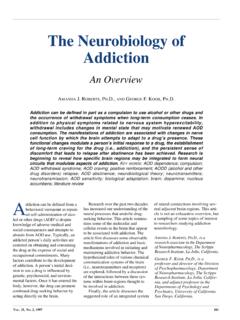
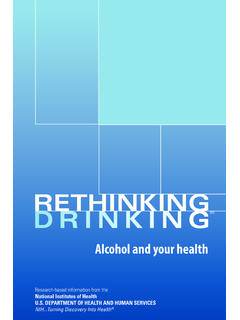
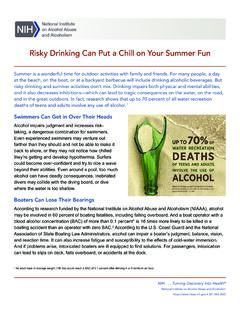

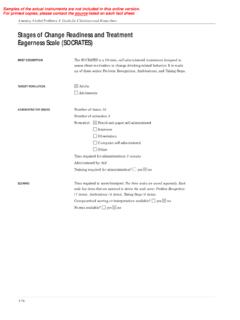
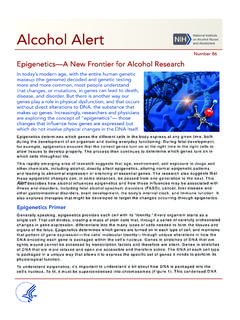
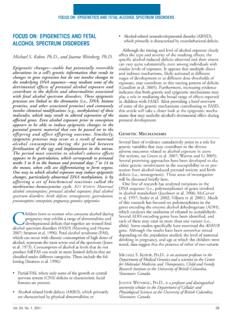
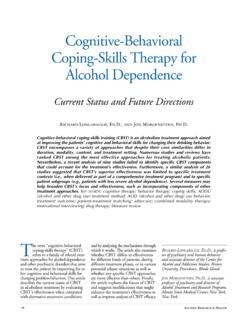

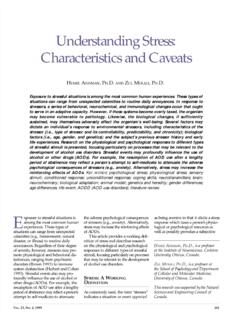
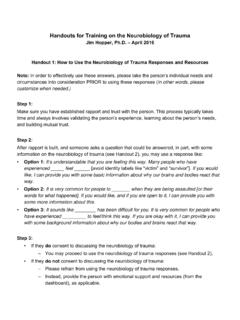



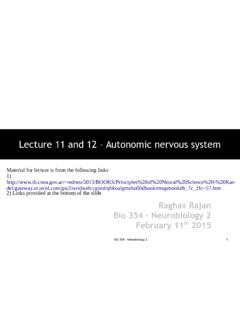




![Neurobiology of Addiction presentation [Autosaved]](/cache/preview/a/c/c/6/9/8/f/8/thumb-acc698f8aa428f97a971250b5c81102d.jpg)